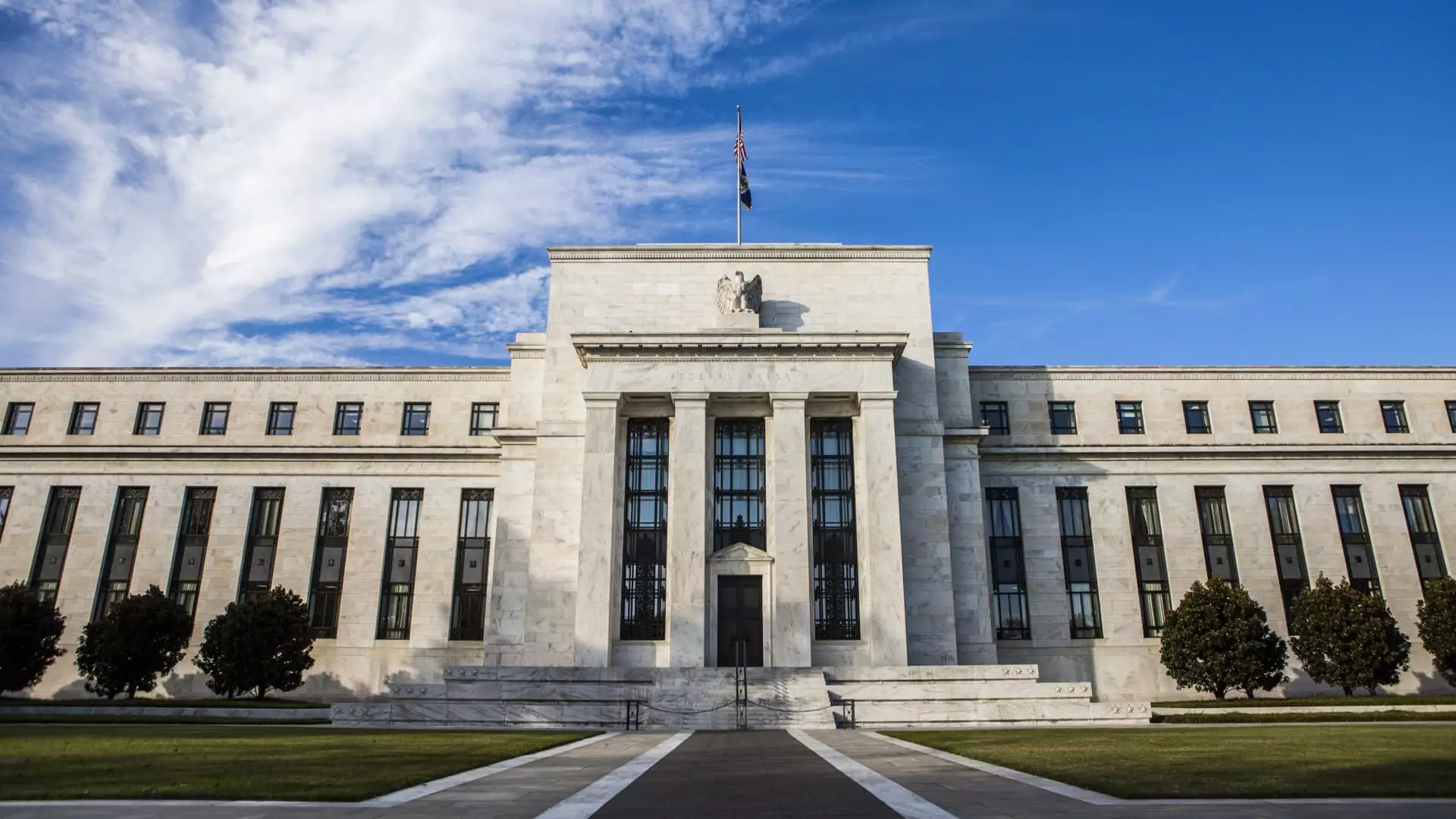As the Federal Reserve approaches the conclusion of its upcoming two-day policy meeting, it appears poised to maintain its current interest rate levels. The decision comes amid mounting pressure from various fronts, including public statements from political figures like former President Donald Trump, who vehemently criticized the existing rates during a recent campaign trail. Trump’s assertion that high interest rates are “destroying our country” reflects a broader frustration shared by many consumers burdened by inflation and elevated borrowing costs.
The Fed has previously increased its benchmark interest rate by a significant 5.25 percentage points between 2022 and 2023, a move aimed at curbing rampant inflation that continues to exceed the central bank’s target of 2%. Despite these efforts, inflation remains persistent, leaving consumers and the market wondering when relief might finally be on the horizon.
Consumer Impact: The Relentless Financial Strain
For everyday consumers, the current landscape is undeniably challenging. Experts caution that those pinning their hopes on an imminent rate reduction from the Fed are likely to be disappointed. As noted by Matt Schulz, Chief Credit Analyst at LendingTree, the expectation that the Fed will intervene as a “cavalry” to alleviate the pain of high-interest rates is unfounded. Instead, the reality is that individuals grappling with escalating prices and borrowing expenses may need to brace themselves for a longer wait.
The Federal funds rate, which serves as the basis for lending between banks, indirectly influences consumer borrowing rates, though not in a straightforward manner. If and when the Fed does establish rate reductions, the ripple effect may eventually manifest across different loan categories, such as mortgages, auto loans, and credit cards, potentially easing the financial burden on consumers. However, the path to this reduction remains uncertain.
The dynamics within the credit market are particularly complex. Credit cards often carry variable interest rates, creating a direct link to the Fed’s movements. However, as recognized by Bankrate’s Chief Financial Analyst, Greg McBride, the reaction of credit card companies tends to lag behind the Fed’s decisions. Even though the Fed had lowered rates by a full percentage point in the previous year, the average credit card interest rate has remained obstinately high—around 20%. Consequently, many consumers find themselves in a precarious position, with delinquency rates rising and a record number of cardholders resorting to making only minimum payments.
Mortgage rates present another layer of complications. Traditionally, mortgage rates are fixed and tied to Treasury yields rather than the Fed’s benchmark. This disconnect explains why mortgage rates have surged in recent months despite the central bank’s attempts to lower rates. As a result, potential homebuyers face continued challenges, with the average 30-year fixed mortgage rate reaching approximately 7.06%, a figure that exacerbates housing affordability issues.
The realm of auto loans reflects similar pressures. With fixed rates and the increasing cost of vehicles, consumers are often confronted with growing payments. According to data, outstanding auto loan balances have surged above $1.64 trillion, with the average rate for a five-year new car loan hovering around 7.47%. Despite any potential future relief suggested by the Fed, Joseph Yoon, a Consumer Insights Analyst at Edmunds, indicates that the continuous rise in car prices complicates the outlook for affordability. Buyers may find themselves facing persistent financial strain as they attempt to navigate this unforgiving market.
The Student Loan Arena: Past and Future
Federal student loans also bear the brunt of these economic conditions. While the majority of student loan rates are fixed, new undergraduate borrowers are now paying 6.53%, an alarming increase from the previous rate of 5.50%. This escalation reflects the broader influences of the Treasury market on loan rates, illustrating the interconnectedness of economic factors affecting students. In contrast, private student loans, which often feature variable rates tied to indices like the prime rate, expose borrowers to even higher costs, marking a significant financial concern for many families.
The Silver Lining for Savers
Despite the overarching gloom for borrowers, there is a silver lining for savers. The Fed’s decision to maintain interest rates has allowed top-yielding online savings accounts to flourish, providing returns exceeding 5%. Consequently, while borrowers continue to struggle under elevated interest rates, those with savings can enjoy yields that beat inflation—a rare benefit in a complicated financial landscape.
As the Federal Reserve balances its approach to interest rates, the ongoing consequences for consumers remain profound. With inflation and high borrowing costs exerting significant pressures, the wait for relief appears long. The intertwining factors affecting credit cards, mortgages, cars, and educational loans create a multifaceted puzzle that consumers must navigate with care. Whether it is through mitigation of interest rates in the future or continued resilience among savers, the next steps taken by the Federal Reserve will undoubtedly shape the financial narrative in the months to come.

